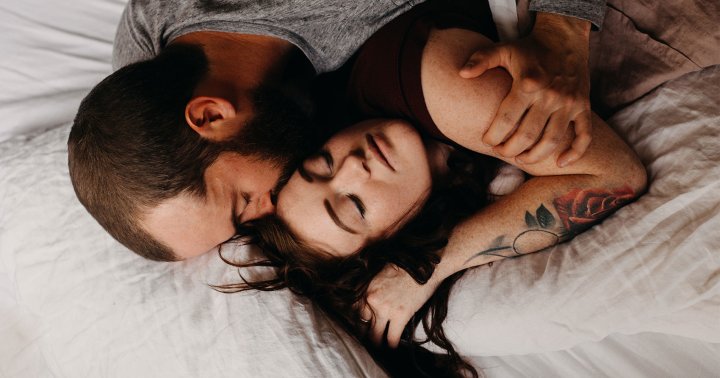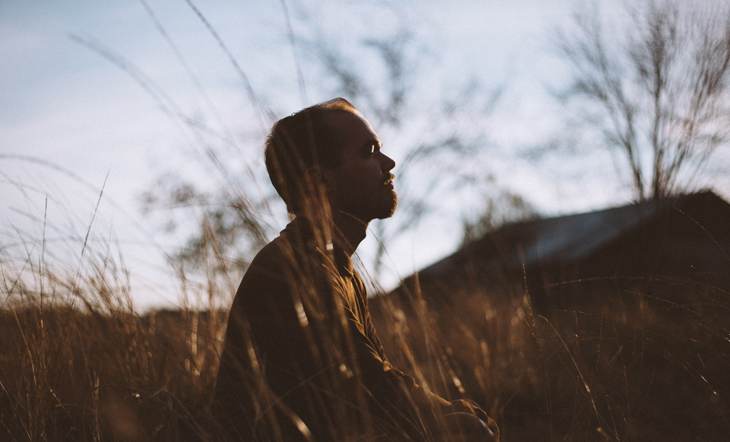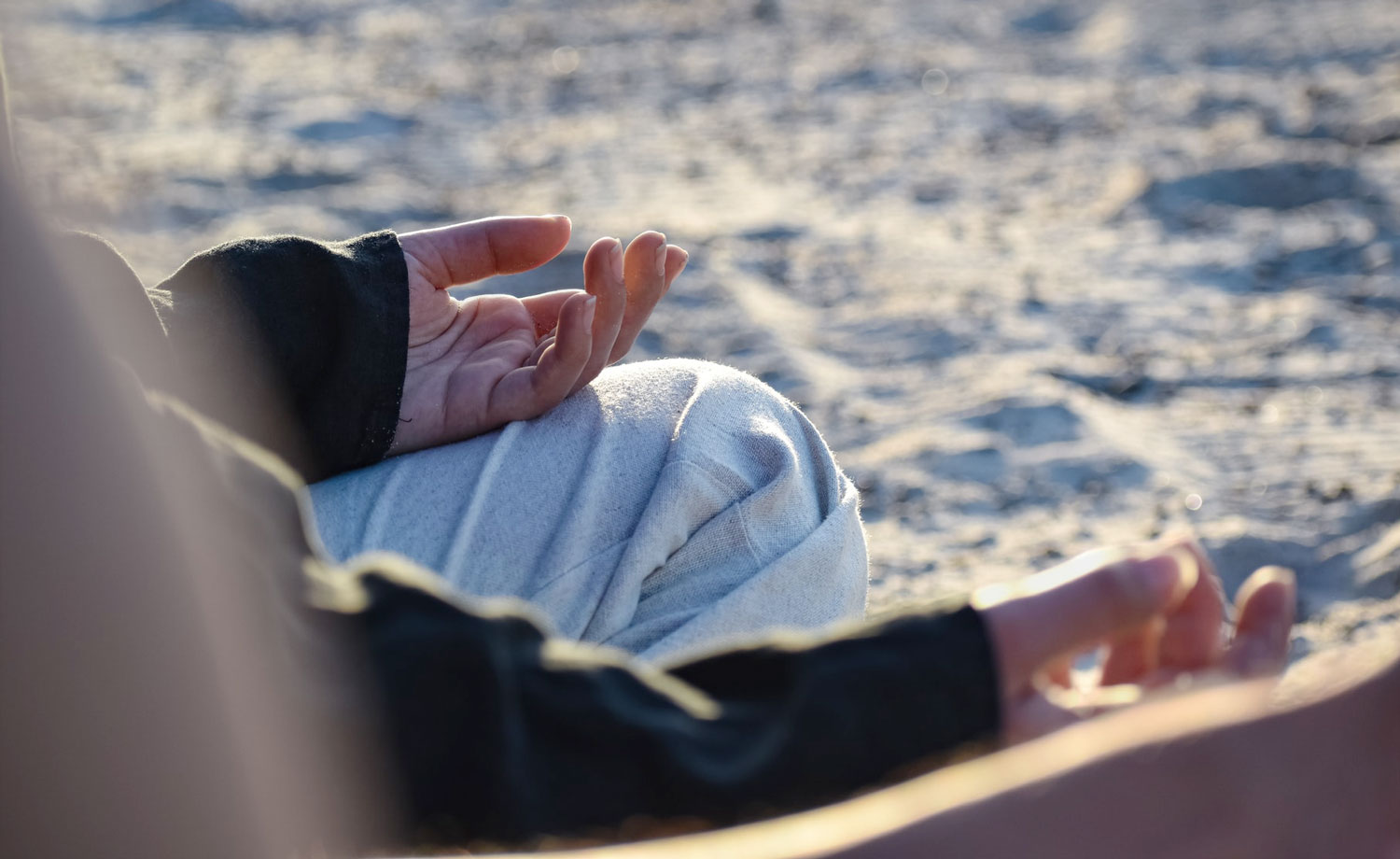Looking For A Way To Get Out Of Your Head? Why Your Senses Are The Solution
Author Gretchen Rubin shares a note about the inspiration behind Life in Five Senses, as well as an excerpt!

Over the past few years, I’d started to realize that I felt stuck in my head—disconnected from the world and other people, and also from myself. I traveled all the way from New York City to Los Angeles to see my sister Elizabeth, but when I got back, I realized I hadn’t once noticed her characteristic way of gesturing with her hands, and I had no idea if she was still wearing her signature circle necklace every day. Had I really looked at her at all?
I’d been trying to figure out what was missing from my life, and [an] unforgettable walk home from the eye doctor revealed the answer: I needed to connect with my five senses. I’d been treating my body like the car my brain was driving around town, but my body wasn’t some vehicle of my soul, to be overlooked when it wasn’t breaking down. My body—through my senses—was my essential connection to the world and to other people.
As I studied the five senses, I learned that our senses work together, and they regularly make compromises; when one sense clamors for attention, the others fade back. When Elizabeth and I talked on the phone, my brain helped me concentrate on her words by reducing my awareness of the rain clattering against my window. When he walked into a Woolworth’s store, artist Andy Warhol recalled, “I listened and there was a buzz, probably a faulty air- conditioning system, but for me it was completely drowned out by the smell of roasted peanuts.”
When one of our five senses is diminished, our other senses work to fill in the gap. As we move through the world, our brains make constant adjustments to what we perceive. When information is incomplete, our brains make an educated guess about what we’ve seen, heard, smelled, tasted, or touched. For instance, because of the way the optic nerve attaches to the eyeball, we all have blind spots in our vision, but the brain typically ensures that when we look around, we don’t register any gaps. When one sense doesn’t give us as much in-formation as we want, we can recruit other senses to help. If I can’t track the flight of an invisible bug that is pestering me, I can listen to try to find it, because by listening to changes in sound— such as the amount of sound, how sound reflects off surfaces, and the difference in time when a sound arrives at each ear— we can learn about the location and speed of objects with our ears instead of our eyes.
This excerpt from my new book Life in Five Senses, demonstrates that when one of our five senses is diminished, our other senses work to fill in the gap.
I’d been looking for a way to test this phenomenon when I heard about “Dinners in the Dark.” Twice weekly, the downtown restaurant Abigail’s Kitchen offers a dinner where guests sit blindfolded throughout a meal. “Without sight, diners’ other senses are heightened,” the website promises. “Smells, texture and sounds all become more intense.”
I couldn’t wait to try it, so I found a date when Eliza, Jamie, and I could go (the experience included wine, so under-age Eleanor couldn’t join us). On the appointed evening, along with thirteen other diners, we waited in the restaurant’s bar area for the adventure to begin.
“This seems to be a popular date-night activity,” I observed, looking at the other people in line.
“Are you going to eat carbs, Mom?” Eliza asked.
“I’m going to eat whatever we’re served. Bring it on!”
First, Abigail herself handed out light adjustable masks that allowed us to open our eyes without being able to see. Group by group, we walked down a steep flight of stairs, put on our masks, and were led into the dining room to take our seats. I tried to imagine my surroundings. A recording of birds twittering was playing, which led me to imagine a garden décor, with a white and green color scheme, lattice patterns, and plants. (All completely inaccurate, I later discovered.)
As we settled in, Abigail directed us to find the little baskets in front of us and clean our hands on the warm washcloths inside. Then the servers gathered the washcloths, and the meal began.
The menu was secret, so Jamie, Eliza, and I had fun trying to identify what foods we were eating. The first taste was easy: a small triangle of crispy toast with olive oil, garlic, and plenty of salt. With our masks on, we really heard how much noise we made as we crunched.
Next was cold soup, served in a cup—delicious. We guessed that it was tomato with basil. The next course of cold pasta salad, with beets and goat cheese, was easier to identify. In the dark, I really noticed the pasta’s smooth, firm surface, the beets’ earthy sweetness, and the creamy texture of the goat cheese—fortunately, the cheese was mild, because as I’d learned from my taste test, I didn’t enjoy a strong goat cheese.
“Do you think people sneak peeks during the dinner?” Eliza asked.
“Oh, absolutely.”
The next course was served, and after a few bites of a rich, fatty, chewy meat, we decided we were eating steak, but none of us could identify the other, slightly tart flavor we were picking up.
“I’m having trouble cutting the food and getting it into my mouth,” I said. “Are either of you finding it hard to get anything on your fork?”
“Me, too,” said Eliza.
“I’ve been using my hands a bit,” I admitted. “Now we know why we needed those washcloths.”
“It doesn’t matter, no one can see you,” Jamie said.
“The servers can see!” Eliza said. “Don’t be gross!”
After an easily identified dessert of warm molten chocolate cake with vanilla ice cream, Abigail told all of us to remove our masks. When I pulled mine off, I saw that we sat in a cozy room, with light wood and a minimalist feel, which was very different from what I’d imagined. As Abigail revealed what we’d been eating and drinking, with each item, everyone laughed and exclaimed, “Oh, that’s what it was!” We learned that the soup had been pea with mint, the entrée had been duck, and that tart flavor had been pomegranate. After her explanation, we all applauded, and the evening was over.
The dinner had been a terrific exercise in my sense of taste. I ate more slowly and paid more attention to each bite—its flavor and texture, and even the challenge of getting it to my mouth. I was far more aware of the different ingredients and spices that contributed to each dish.
The evening also turned out to be an exercise in other senses, as well. The small room was noisy with music and conversation—maybe to help us concentrate on eating?—so it was a little hard to hear, and because I couldn’t see Jamie and Eliza, I had to listen more closely. Also, I kept reaching out to touch them both, as a way to stay oriented. It was an interesting mix of engagement: I felt both more connected to Jamie and Eliza, and less connected.
Best of all, the evening was fun—an elevated version of my own taste party. Jamie, Eliza and I had a great time on an unusual adventure.
Considered as an exercise in pure taste, however, I think I would’ve appreciated the flavors more if I’d known what I was eating. In her after-dinner talk, Abigail had noted that when making their reservation, many people included long lists of items they didn’t want to eat. She’d explained that the eye mask wasn’t meant to trick us into eating foods that we’d otherwise avoid, but rather to help us pay attention to non-visual aspects of dining. For me, while the mystery was fun, my wariness distracted me from enjoying my sense of taste.
The greatest pleasure of Dinner in the Dark, besides its novelty, was the chance to share a memorable evening with people I loved. Also, it made me realize that I usually didn’t pay much attention to a dish’s individual ingredients; I experienced it as one combined flavor. During Dinner in the Dark, the lack of sight had led me to notice the various elements of each dish—in particular, I’d registered the saltiness level and the texture of each dish far more acutely than usual—and this greater refinement of sensation gave me more pleasure.
“From now on,” I announced to Jamie and Eliza, “especially whenever I order something from a restaurant, I’m going to read the description of what’s in it, and really try to appreciate all the different ingredients.”
“That’s a good idea,” Eliza said. “I’m going to try to do that, too.”
The more we notice, the more we can enjoy.
Get your copy of Life in Five Sense here and listen to a clip from the audiobook, read by the author below.

 ValVades
ValVades 


























_3.jpg)




